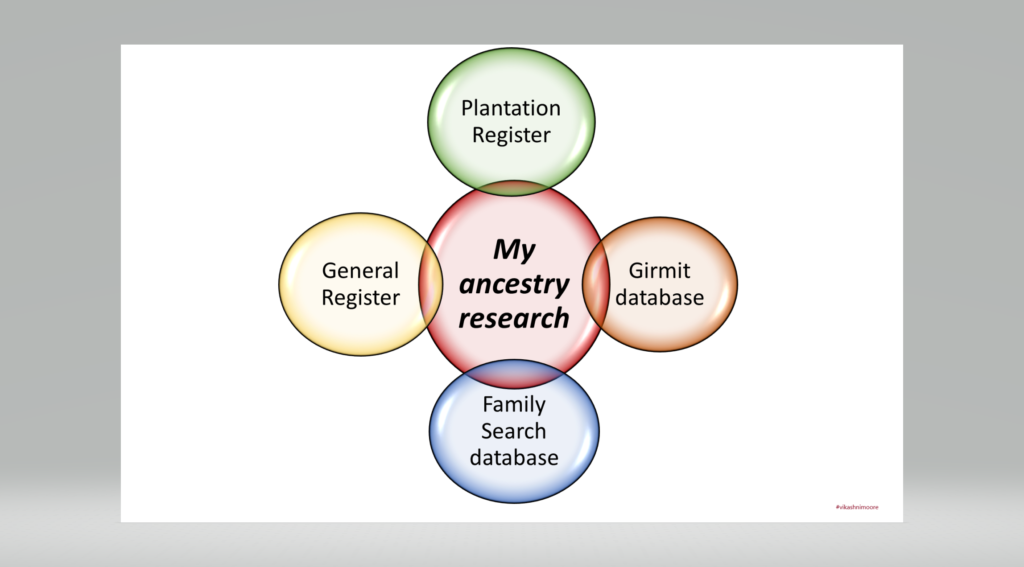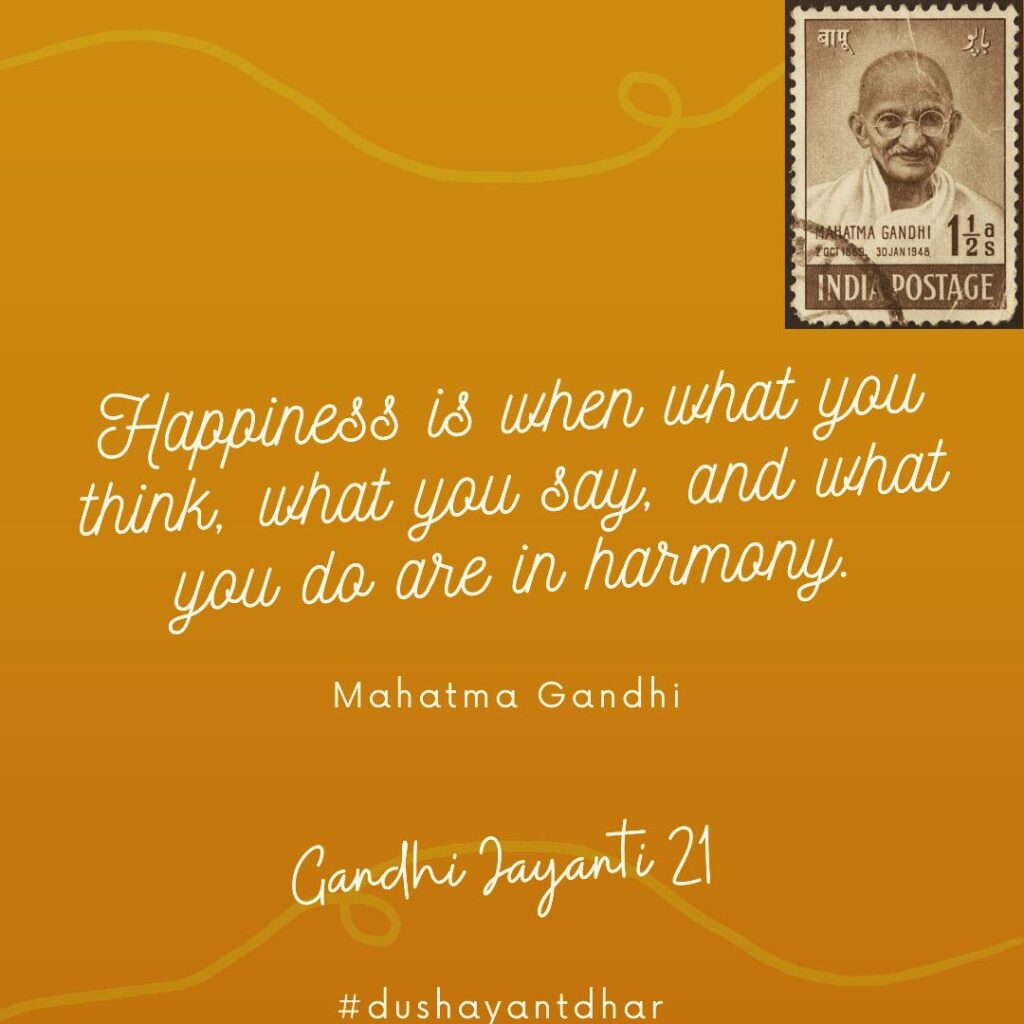You are almost there. I am sad that the research process ends here, but this one may be the beginning to finding the missing pieces!
If you happen to have missed the earlier posts, please see the inspiration; Part 1; Part 2; Part 3.
Plantation database
This database is a compilation of records of Indian immigrants on the plantations in Fiji at the time. Within the plantation database, there are 9 books or volumes of records. The books are organised chronologically. In book/volume 1, there is an index of the plantations, which will guide you to the books/volumes and page numbers you wish to investigate – see image below.

Once you have the right plantation record and year, search using the ancestor’s pass number. Alternatively, if you are like me and have no pass number, read through all the names.
Next, to ensure you have the right ancestor, repeat the process of looking them up in the General Register to find out who they married, which children accompanied them, etc. When you know you have the right person, look up that person on the Girmit database by name and pass number to access their emigration pass.
Sometimes, the Plantation records are the only links to the missing pieces. If one knows which plantation their ancestors worked in, this is a great resource to use.
Hints
The hardest part of my research was not knowing the pass numbers for one set of great grandparents. This was so because they were born in Fiji to Girmitya parents. The Plantation records were helpful in this circumstance. Without a pass number, the Girmit and General Register databases are of no help.
To resolve this issue, I decided to search for the parents to whom my great-grandparents were born. Unfortunately, I did not know the names of one set of great-great-grandparents. My strategy was to look in the Plantation records for my great grandmother’s name.
How did I know which plantation records to search? Good question.
I knew who that this great-grandmother had married – GGF#4. From my research, I found that most people married within the plantation. For example, on mum’s side, her maternal grandparents arrived separately at a plantation in the Central Division but later got married while at this plantation.
Consequently, I looked within the plantation records within which I knew GGF#4’s parents were working.
Finally, having done the hard yards here’s some information that you will find useful:
- Book 3 is a replica of book 2 after the first two pages. This book continues in Book 4 after image number 418 in Book 4.
- Book 6 is incomplete. I was looking for pp. 197-206 but these are not there. The book stops at image 131, page 65.
- In Book 8, image 442, there’s a note saying, “Continued from Book VI, page 206”. But as noted above, there is no page 206 in Book 6. Book 6 ends on page 65.
Origins in India
To locate which places in India ancestors came from, Google Maps is helpful when used in comparison to the map of India at the time of indenture. I found that the information on the passes was accurate to the extent that they pointed me to the villages, thanas and districts that existed at the time of indenture. Since then, the provinces have changed in India and as a result, so have some district names and borderlines.
To keep things consistent, I relied less on Google maps and used old maps of India first and foremost to locate the district as noted on the emigration pass. For the bigger districts, the names of some of the thanas appeared on the old maps. Looking at the locations gave me an idea of where to look in modern maps, like Google maps.
Generally, the information on the emigration passes resembled what was the map of India at the time of indenture, and current India. Faizabad, for example, was a district back then, it is now a division, and currently, Faizabad is a development block (previously a district) within the district of Ayodhya. So, you will have to do some research on the districts and their histories.
The old maps are a good guide, and I found the David Rumsey Collection very helpful. You can download them for free. Find these maps on old maps online.
Final words
In summary, the plantation register is somewhat incomplete. As a result, the search for my sixth ancestor remains incomplete. I could not find her parents names on any of the plantation records. It is my view that the missing books and pages may have held the key. However, there is no way of retrieving this information.
In the next post, I address other ways of finding out information when such a predicament arises. I am yet hopeful that at some point in time, the search for my sixth ancestor will bear results.
Until the next post, stay well.
Love,
Vikashni








